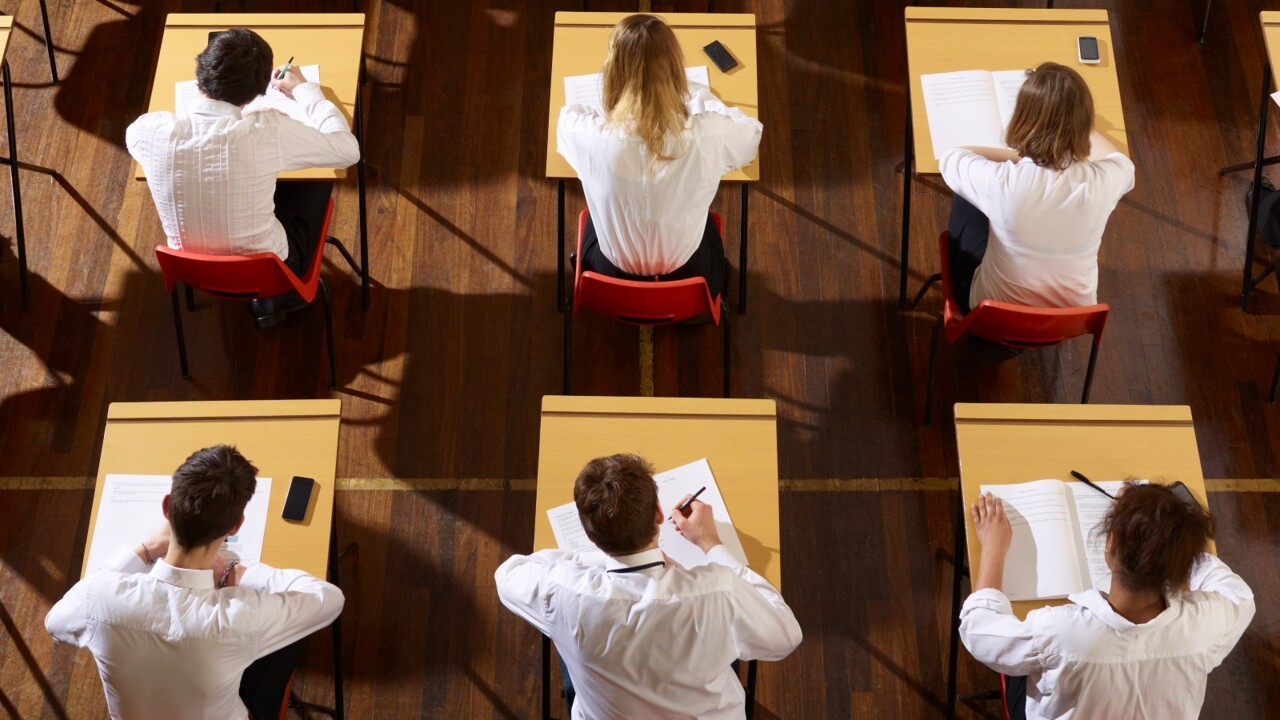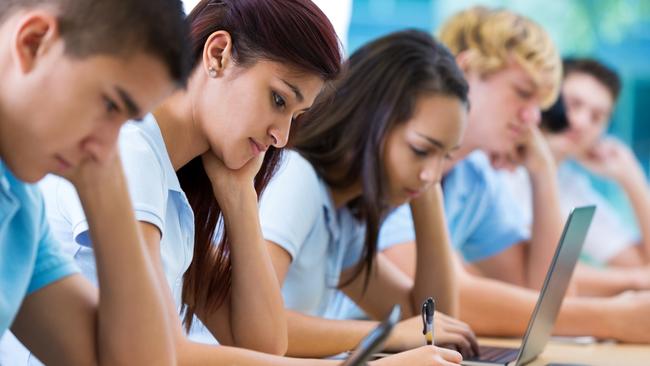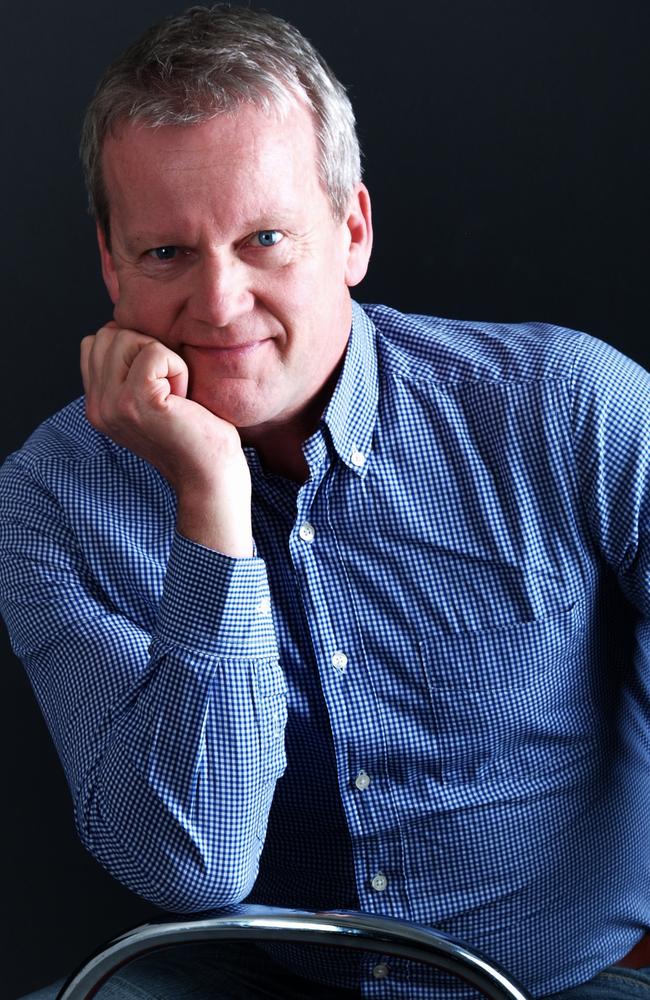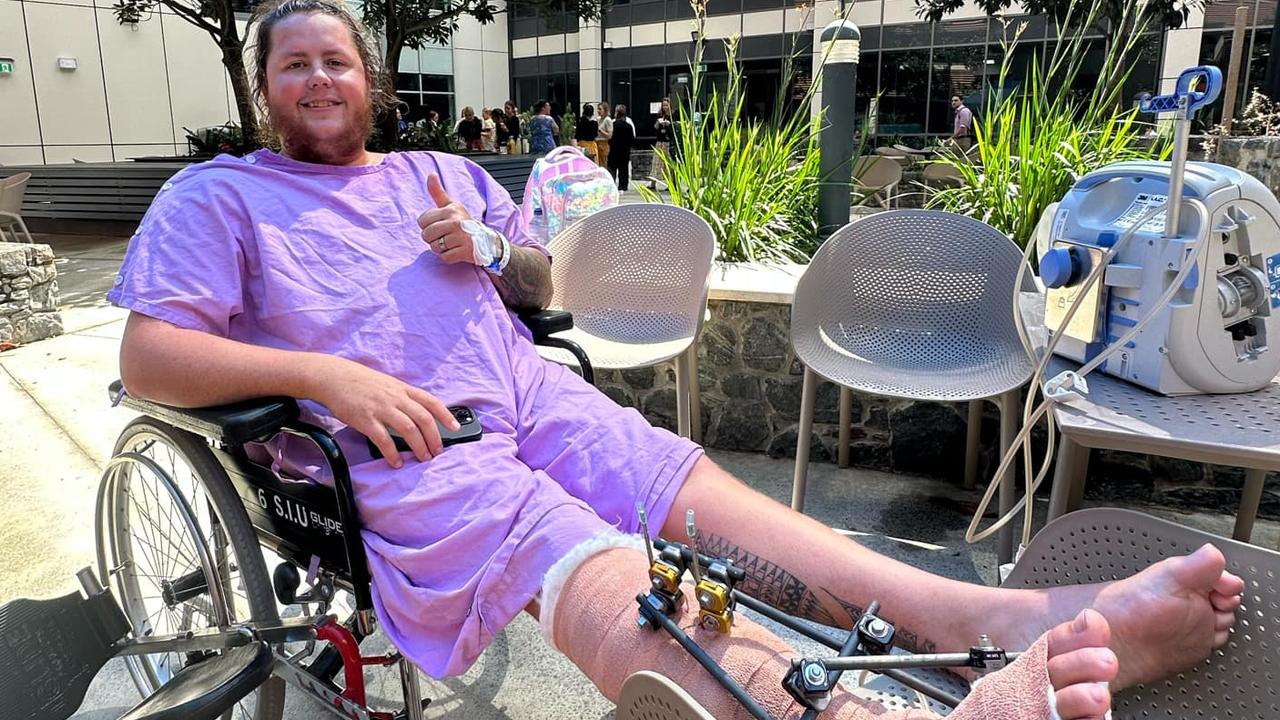Aussie schools are expensive to run because of long days: expert
Aussie kids spend 11,000 hours in school classrooms by the time they turn 15, thousands more than their international peers – and it’s not clear the extra time makes a difference.

QLD News
Don't miss out on the headlines from QLD News. Followed categories will be added to My News.
Australian children will have spent 11,000 hours in the school classroom by 15, thousands more than their international peers – yet there’s little evidence showing the extra time is productive.
According to the latest Organisation for Economic Co-operation and Development findings, no country worldwide has such high compulsory instruction time requirements.
Australia, together with Denmark, are the only OECD countries requiring more than 10,000 hours of instruction in primary and lower secondary, and sits far higher than the OECD average of 7540 hours.
In some cases, Australia’s total of 11,060 hours is nearly double other nations.

Yet when it comes to global testing requirements, like the OECD’s highly-cited Program for International Student Assessment (PISA), Australia drops to a lowly 21st place overall.
The PISA testing measures global performance in mathematics, reading and science, with Australia placing 29th, 15th and 16th for each category respectively.
In European OECD countries such as Finland, Germany and Poland, which all ranked above Australia in PISA results, students are required to spend far less time in the classroom before year 10.
In the esteemed education system of Finland, which rejects standardised testing, students will spend five years less time in the classroom than Australian peers by the time students sit the PISA test.
Finnish, German and Polish kids do not begin primary school until they turn seven.

Leading educational researcher Pasi Sahlberg, who emigrated from Finland to Australia to join the Gonski Institute for Education, said there was no evidence that showed Australia’s time in the classroom delivered.
In Finnish schools, classes are divided into 45-minute blocks followed by a 15-minute break and the school day usually ends at 2pm.
Students are free to remain at school for extra-curricular activities to study or do homework or to go home.
“Schooldays in primary education in other OECD countries are often significantly shorter compared to Australia,” University of Melbourne Professor Sahlberg said.
However, Professor Sahlberg said there was no correlation between a student’s instruction time and academic performance in school.

Less time in schools would save money to support those children who have special educational needs, he said.
“Every single hour costs a lot of money, so this much schooling makes it an expensive area,” Professor Sahlberg said.
The Grattan Institute’s education program director, Dr Jordana Hunter, did not recommend slashing the time Aussie kids spent in schools.
Dr Hunter said while Australia was on the higher scale among OECD countries, she said the 1000 hours was similar to comparable countries such as Canada and the US.
Ms Hunter said there was no clear relationship between PISA outcomes and the hours spent in schools.
“What matters more is the quality of teaching,” Dr Hunter said.
“There is clearly room for improvement for Australia in terms of lifting student out.”





